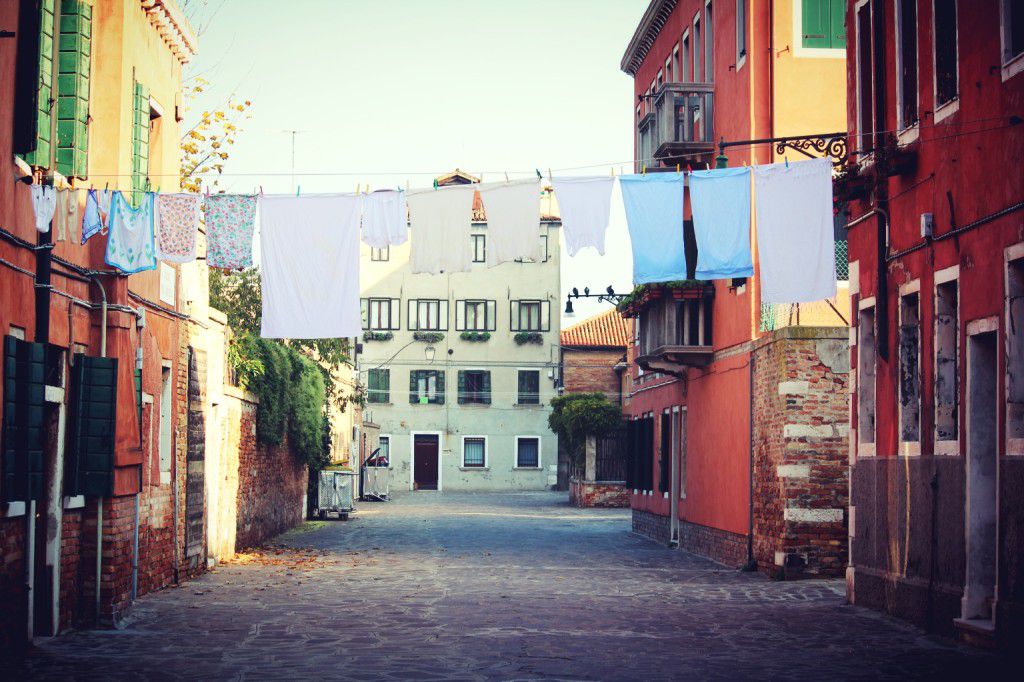A wardrobe solves a lot of storage problems, but if you have mold in or behind your wardrobe, you have a much bigger problem that requires immediate action because mold can cause or exacerbate respiratory illness and allergies. The spores from mold become airborne every time the mold is disturbed. If you have mold inside your wardrobe, you send the spores flying every time you remove or place anything inside it; just the act of scooting hangers aside can disturb the mold; the spores are released, and you breathe them in.
Some wardrobe solutions are very easily solved: if the mold is growing on the back of your wardrobe, you can simply move the wardrobe away from the wall far enough for the air to circulate. Once you’ve cleaned the mold, the circulating air should be enough to prevent mold from forming again.
Simply washing your wardrobe inside and out with a ammonia, vinegar or tea tree oil solution will eradicate the mold, but if you don’t take steps to prevent mold, you will have to clean your wardrobe often. Mold, under the right conditions, can form in as little as 24 hours.
How Does It Get There And How Do I Get Rid Of It?
Mold loves humidity and warmth; it can grow on just about anything, including wood, clothing, carpet, and sheet rock. It doesn’t take much for mold spores to get started. For example, if you hang a piece of damp clothing in your wardrobe, you can expect to find mold on your clothing in a very short amount of time; this can be compounded if the base of the wardrobe is covered with a piece of carpet; the carpet provides the warmth, the damp clothes provide the humidity. Before you know it, you’ll have to empty it out and scrub it with ammonia, hydrogen peroxide, or some other solution that kills mold.
One of the best wardrobe solutions for preventing mold is to consider built in wardrobes. Constructed properly, they will be dry and large enough to allow air to circulate, two of the best mold preventatives. Other than discouraging the formation and spread of mold, there are other advantages to having built in wardrobes.
Free-standing wardrobes take up a lot of your room’s footprint, and no matter where you place it; you usually end up with even more wasted space because the space left over isn’t large enough to accommodate any of your other furnishings. That means the biggest advantage of a built in is that it can be customized for your room; this enables you to maximize every square inch of space. It isn’t necessary to build a brand new house in order to have a built-in; any built in wardrobe can be retrofitted.
Even a large built in wardrobe that takes up more space than a free-standing unit can be modified with mirrors on the doors, which will create more light in the room and make the room look more spacious. The biggest advantage of a built in is that it serves the dual purpose of functionality and design: a clean, dry place to store your clothes, and an aesthetically pleasing environment.
Further Recommended Reading :
How to Remove Mold and the Smell from Clothing
Sarah is a small business owner, and is currently learning about pest control, using the internet. Aside from working on her own business, she likes to use social media, and read travel books.


3 comments